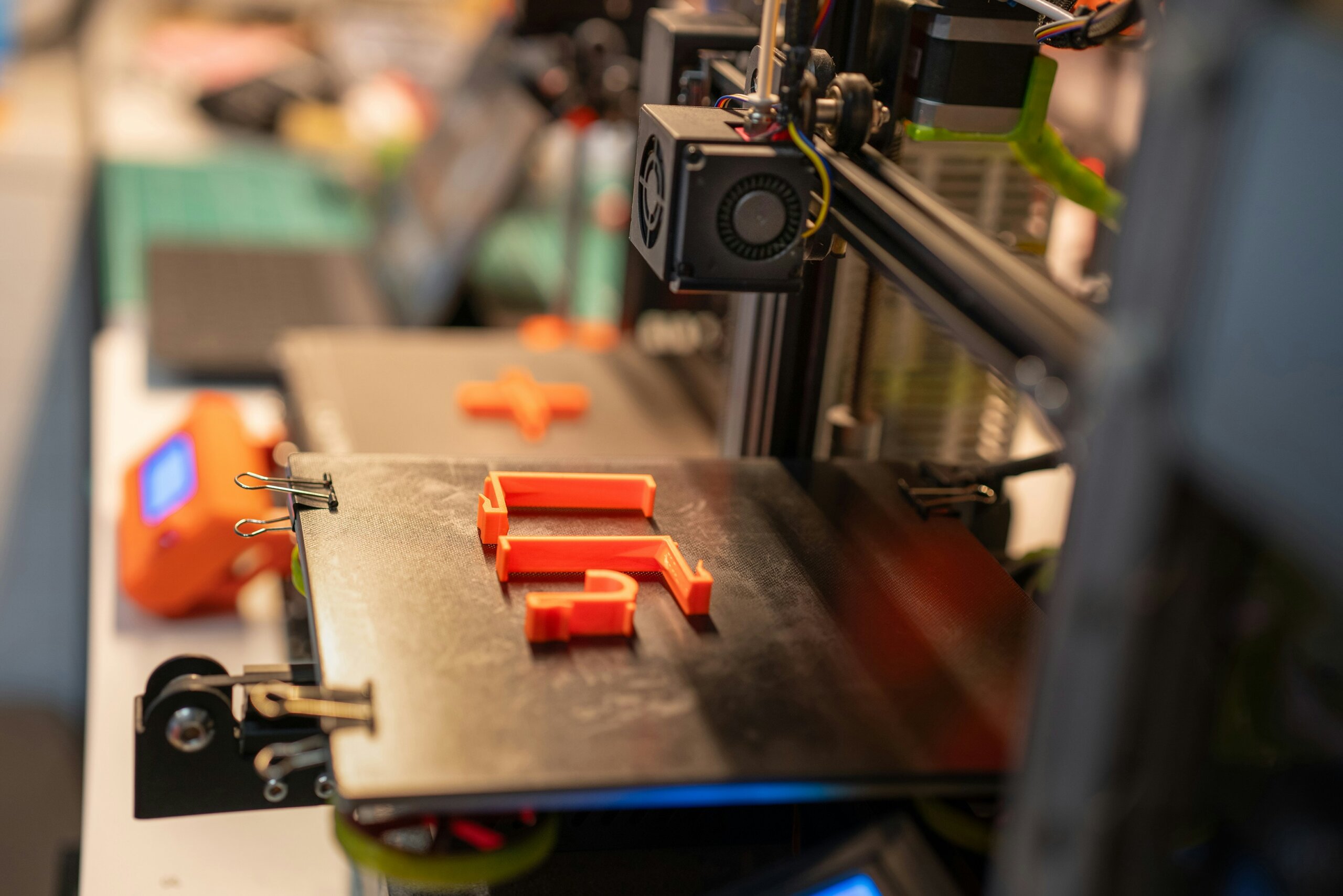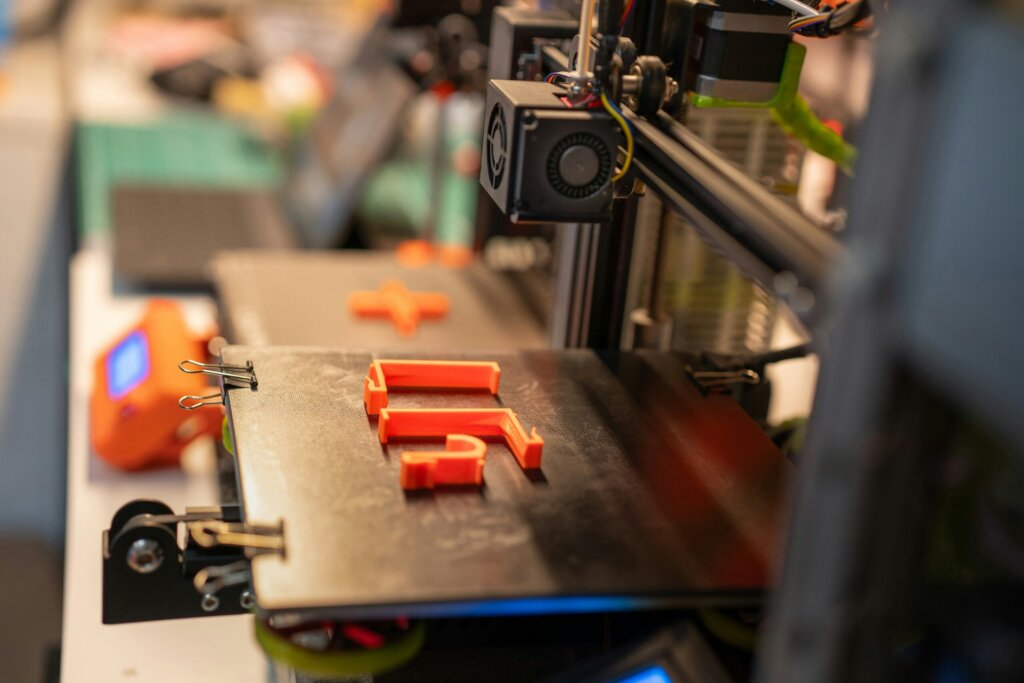
Benefits of 3D Prototyping in Plastic Manufacturing
Blog
Benefits of 3D prototyping in plastic manufacturing
Authored By: SDI Plastics
The accelerated pace of technological advancement has drastically transformed the manufacturing process in various industries. In particular, plastic manufacturing has seen significant changes in recent years due to innovative techniques in product development. One of the most life-changing and prominent techniques is 3D prototyping. Developed to create three-dimensional models of plastic parts and products, it comes with numerous benefits that add value by reducing costs, improving quality, and increasing efficiency in the plastic manufacturing sector.
In Australia, specifically in industrial hubs in Brisbane, 3D prototyping has become a valuable tool that is essential to plastic manufacturing. Regardless of whether the plastic manufacturing is small-scale or large-scale, 3D prototyping plays a crucial role in accelerating the manufacturing process.
In this article, we will discuss the merits of 3D prototyping in plastic manufacturing and why it has become a staple in this industry.
What is 3D prototyping?
Before considering its advantages, it is worth explaining what 3D prototyping is. 3D prototyping is the physical creation of a three-dimensional model of a design concept through the use of CAD (computer-aided design) or specialised software, coupled with additive manufacturing techniques such as 3D-printing, which manufactures objects by laying down successive layers of material.
It stands in contrast to traditional methods of manufacturing an object, often by subtractive’ means that involve forming an object through carving away material from an oversized block (e.g., extracting an object from a tree). 3D prototyping is possible because it can replicate complex geometries and precise design features that may be difficult or impossible to achieve by ‘traditional’ methods.
Manufacturers can design and print 3D prototypes of parts, components, or entire products against physical specifications, test them, and make improvements before committing to mass production.
1. Reduced time to market
Perhaps the biggest benefit that 3D prototyping offers in the plastic manufacturing industry is a reduction in time to market. If you are making objects traditionally, you need to design something, produce a tool, make the tool, and then only then can you start producing an actual part. And all this might take weeks or months.
The timescale is also dramatically shortened. Since the 3D prototype is formed directly from the digital design, there is no need to create complex tooling or moulds. The manufacturer can produce a working prototype in the space of months, weeks, or even days.
Indeed, for firms in a competitive environment, this time-saving benefit might be critical. Being able to get a product to market faster will allow businesses to outperform rivals and also to respond more rapidly to changes in a market’s requirements or customer preferences.

2. Cost efficiency
One of the biggest savings enjoyed by plastic manufacturers who use 3D prototyping is a financial one: it is simply much cheaper to create plastic products. The tooling, moulding, and other materials required in traditional prototyping will obviously factor into the cost, and those expenses can vary greatly depending on the complexity or particularities of the design. Any changes to the original design will require new tooling too (which alone could make custom fabrication prohibitive), so this can quickly spiral into a considerable investment.
Conversely, 3D prototypes do away with the need for costly tooling since the prototype is developed using a 3D printer that does not have to be made on a production scale. This not only keeps the initial costs down but also makes it more economical to create multiple iterations of a design to get it right since the cost of reproduction does not increase with each new iteration. Rather, if changes are needed, the electronic file can be updated and another iteration printed without extra expense.
Furthermore, 3D prototyping enables manufacturers to detect design flaws before the final product goes to market; giving engineers the opportunity to test a physical model of the item can help them spot problems that might not have been obvious in the design alone. This can help them avoid costly production mistakes down the line by catching trouble early.
3. Enhanced design flexibility
A further advantage of 3D prototyping for plastic manufacturers is that it allows for a high level of design flexibility. Traditional methods of manufacture are often limited by the complexity of the design because they involve a mould where the contours and geometrical features of the part seek to match that of the mould. This makes it hard to produce complex design features such as inserts, undercuts, and complex shapes/cavities.
With 3D prototyping, these limitations now become much less relevant. The additive process can produce objects with a level of complexity that is difficult or simply too expensive to make using a subtractive process. This allows designers to push the envelope of product innovation, letting them play with more complex free-form shapes and advanced geometries.
This, coupled with the fact that any required changes to the designs can be made in just a matter of hours, makes 3D prototyping a very popular method, allowing numerous iterations of the product to be tested within a very short timeframe.
4. Improved product testing and validation
Manufacturers can now use 3D prototyping technology to actually create a physical artefact that enables testing and validation for their product. A design rendered perfectly in a digital form may look perfect on a monitor or computer screen, but until a physical model is produced, there can be no way of identifying problems with the product.
Manufacturers are able to test a variety of factors when a prototype exists, such as the product’s function, durability, strength, or ability to withstand environmental extremes. For instance, a plastic part must be able to withstand hot or cold or exposure to chemicals; being able to test this 3D-printed part makes it possible to get things right the first time.
This testing and verification ensures that the final product meets the quality specifications. It also allows problems to be identified and fixed before costly recalls or quality control issues arise during a full-scale version.
5. Customisation and personalisation
With this shift in consumer habits, a demand has arisen for personalised or customised products, especially in the automotive, healthcare, and consumer electronics industries.
The need for customisation or for personalising a product adds another clear benefit to 3D prototyping: when the prototype is generated from a digital file, it is relatively easy to modify the digital file and produce a customised or personalised version of the design product. Small batches of customised products can easily and economically be generated by manufacturers without expensive retooling or changing moulds.
For instance, in the healthcare sector, 3D prototyping could be applied to the creation of personalised medical devices or prosthetic limbs that are based on the unique measurements and needs of the patient. In the automotive field, it can offer customised interior components or optional accessories that are made specifically to fit the space. The possibilities for customisation are endless, and 3D prototyping makes producing personalised goods on demand economically viable.
6. Sustainability and reduced waste
As concerns about the environment continue to grow worldwide, sustainability is becoming a very important matter for manufacturers and consumers alike. One of the lesser-known benefits of 3D prototyping in industrial plastic production is the potential that it holds for reducing waste and making production more environmentally friendly.
Wherever one uses traditional manufacturing, like plastic injection moulding, there can be material waste. Also, another source of waste is parts that are not right due to design issues. With 3D prototyping, you’re going into an additive process, so you’re using material where you need it.
Furthermore, because 3D prototyping allows the detection and elimination of design errors at an early stage, it can help to reduce the number of mistakes in parts produced on a large scale, which can help to reduce defective and wasted parts. In sum, because of the reduced waste and greater utilisation of materials, 3D prototyping contributes to a more green production process.
Conclusion
3D prototyping offers a wide range of benefits in plastic manufacturing. Developing and articulating a concept model early on in a manufacturing project, can significantly reduce time to market, cut costs, improve flexibility in design, and allow manufacturers to make better products by offering the ability to test for potential issues before committing to large-scale production. If 3D prototyping in Australia continues to grow, such as in hubs like Brisbane, it seems that we can expect to see continuing changes and improvements in the plastics manufacturing industry.
Do you need help in developing a 3D prototype in Brisbane? Please contact SDI Plastics for a confidential discussion.
Book your free consultation
Give us a call to book your free consultation for your plastic solutions in Australia, and learn how much value can be added to your business with SDI Plastics by your side.